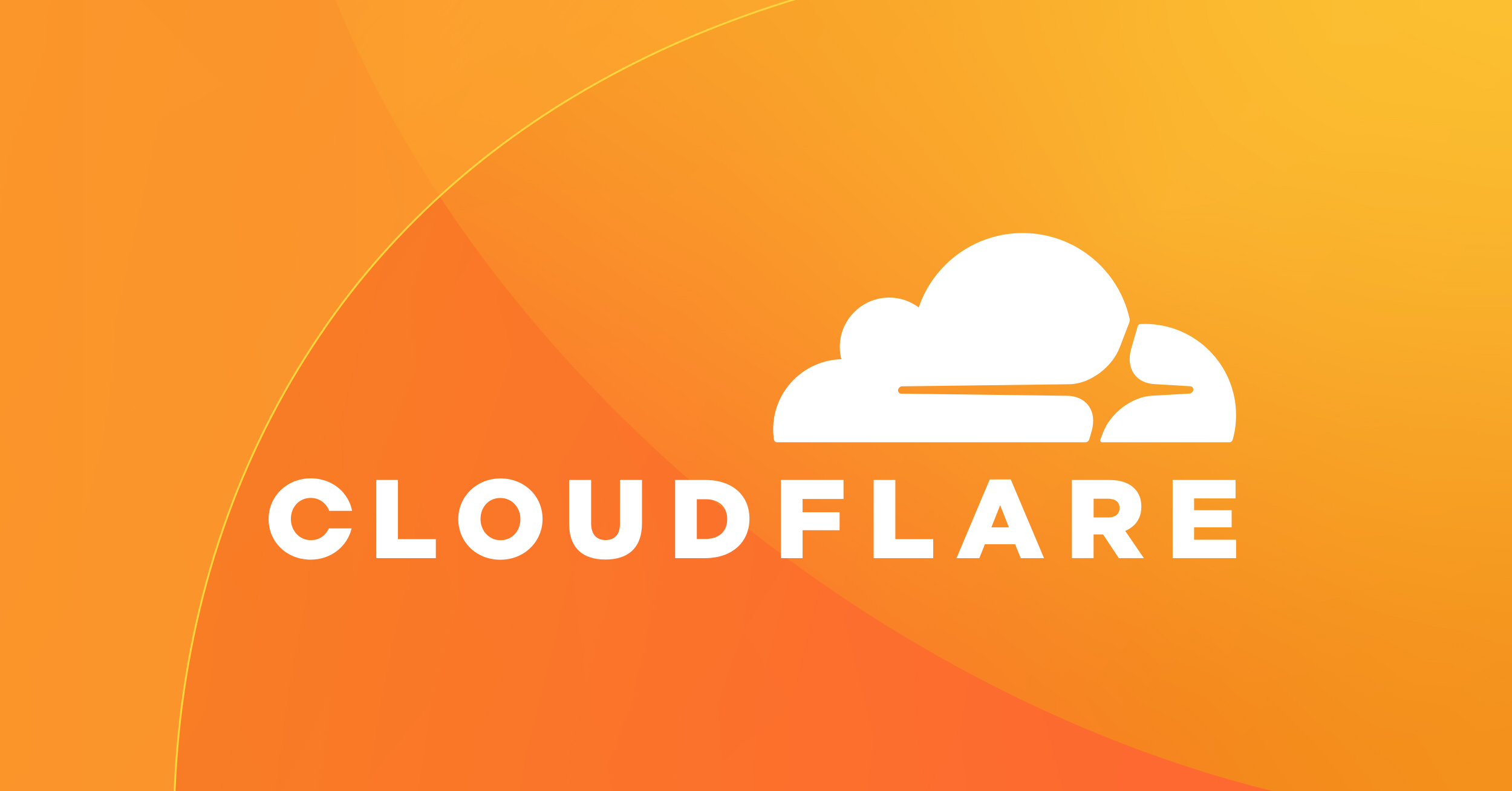Cloudflare outage on November 18 2025

The internet experienced a significant disruption on November 18, 2025, as a widespread Cloudflare outage rippled across the globe. Reports indicate that roughly 20% of websites relying on Cloudflare's services faced accessibility issues, leaving users frustrated and businesses scrambling to understand the extent of the damage. This event underscores the inherent risks of centralized internet infrastructure and raises critical questions about redundancy and resilience in the digital age. Let's delve into the details of the outage, its causes, the impact, and potential lessons learned.
The Cloudflare Outage of November 18, 2025: A Detailed Analysis
What Happened? Initial Reports
The first signs of trouble began appearing around 07:30 UTC on November 18th, 2025. Users across various geographical locations reported difficulty accessing websites that utilize Cloudflare's content delivery network (CDN), security, and DNS services. Error messages such as "502 Bad Gateway" and "504 Gateway Timeout" became commonplace, indicating problems with server connectivity or upstream issues. Social media platforms quickly filled with reports of website downtime and frustrated users unable to access essential online services.
The Root Cause: Unveiling the Technical Details
While Cloudflare's official post-incident report is still pending, preliminary investigations point to a complex interplay of factors contributing to the outage. It appears a scheduled network maintenance activity inadvertently triggered a cascade of failures within Cloudflare's core infrastructure. This maintenance, designed to improve network performance, unexpectedly exposed a previously unknown software bug in their routing algorithms. The bug caused widespread misrouting of traffic, effectively isolating large segments of Cloudflare's network from the rest of the internet.
Adding to the complexity, a surge in traffic following the initial disruptions exacerbated the problem. As users repeatedly attempted to access unavailable websites, the increased load further strained the already struggling network, leading to a feedback loop of errors and further service degradation.
Here's a simplified representation of what may have happened:
# Simplified Pseudocode of the Bug
function route_request(request):
destination = lookup_destination(request.domain)
if destination == null:
log_error("Destination not found for domain: " + request.domain)
return ERROR_CODE_502
if scheduled_maintenance_active():
# This part had the bug! It sometimes returned an incorrect gateway.
alternative_gateway = get_alternative_gateway()
if alternative_gateway != null:
destination = alternative_gateway
else:
log_error("No alternative gateway available.")
return ERROR_CODE_504
forward_request(request, destination)
Impact Assessment: The Domino Effect
The Cloudflare outage had a significant impact across various sectors, affecting a wide range of websites and online services. The estimated 20% website downtime is a serious figure, considering the global reach of Cloudflare. Key areas affected included:
E-commerce: Online retailers experienced significant disruptions, leading to lost sales and frustrated customers. Transaction processing was interrupted, and many users were unable to complete purchases.
News and Media: Several major news websites and media outlets became temporarily unavailable, hindering the dissemination of information and potentially affecting public awareness of critical events.
Online Gaming: Online gaming platforms and services faced connectivity issues, impacting player experience and causing widespread frustration among gamers.
Software as a Service (SaaS): Numerous SaaS providers experienced downtime, affecting businesses that rely on these services for essential operations such as CRM, project management, and collaboration.
Financial Services: Certain financial institutions and trading platforms reported intermittent connectivity issues, raising concerns about market stability and potential financial losses.
The Recovery Process: Bringing the Internet Back Online
Cloudflare engineers worked tirelessly to identify and resolve the root cause of the outage. The initial focus was on containing the misrouting issue and preventing further network instability. Once the immediate threat was contained, the team began implementing a fix for the underlying software bug. This involved deploying a series of patches across Cloudflare's global network.
The recovery process was gradual, with services being restored in stages. Cloudflare prioritized critical infrastructure and high-traffic websites to minimize the overall impact. Throughout the recovery, Cloudflare provided updates to its customers and the public via its status page and social media channels. Full service restoration was achieved approximately four hours after the initial disruption.
Lessons Learned: Towards a More Resilient Internet
The Cloudflare outage serves as a stark reminder of the importance of resilience and redundancy in internet infrastructure. Several key lessons can be drawn from this event:
Diversification is Key: Relying on a single provider for critical services such as CDN and DNS creates a single point of failure. Diversifying across multiple providers can mitigate the risk of widespread outages.
Robust Testing and Monitoring: Thorough testing of software updates and network changes is crucial to identify and prevent potential problems. Comprehensive monitoring systems can help detect anomalies early and facilitate faster response times.
Redundancy and Failover Mechanisms: Implementing redundant systems and automatic failover mechanisms can ensure business continuity in the event of an outage.
Incident Response Planning: Having a well-defined incident response plan can help organizations quickly assess the impact of an outage and implement appropriate mitigation strategies.
Transparency and Communication: Open and transparent communication with customers and the public is essential during an outage. Providing timely updates and clear explanations can help build trust and minimize reputational damage.
Looking Ahead: The Future of Internet Infrastructure
The Cloudflare outage of November 18, 2025, will undoubtedly prompt a broader discussion about the architecture and resilience of the internet. There is a growing recognition of the need for more decentralized and distributed systems to reduce the risk of single points of failure. Technologies such as blockchain and decentralized autonomous organizations (DAOs) may play a role in creating a more robust and resilient internet infrastructure in the future.
Furthermore, increased investment in research and development of advanced network monitoring and anomaly detection systems is crucial to proactively identify and prevent future outages. Collaboration between industry stakeholders, including CDN providers, internet service providers (ISPs), and government agencies, is essential to ensure the stability and reliability of the internet for everyone.
The events of November 18th highlight the interconnectedness of the modern web and the potential consequences of relying on centralized infrastructure. While the internet has proven to be remarkably resilient over the years, continued vigilance and proactive measures are necessary to ensure its stability and reliability in the face of ever-evolving threats and challenges.
You may also like
Wednesday, 6 Aug 2025
Discover Comfort and Convenience at Sunlight Residency – Your Ideal Hotel Room in Chennai’s Chrompet

